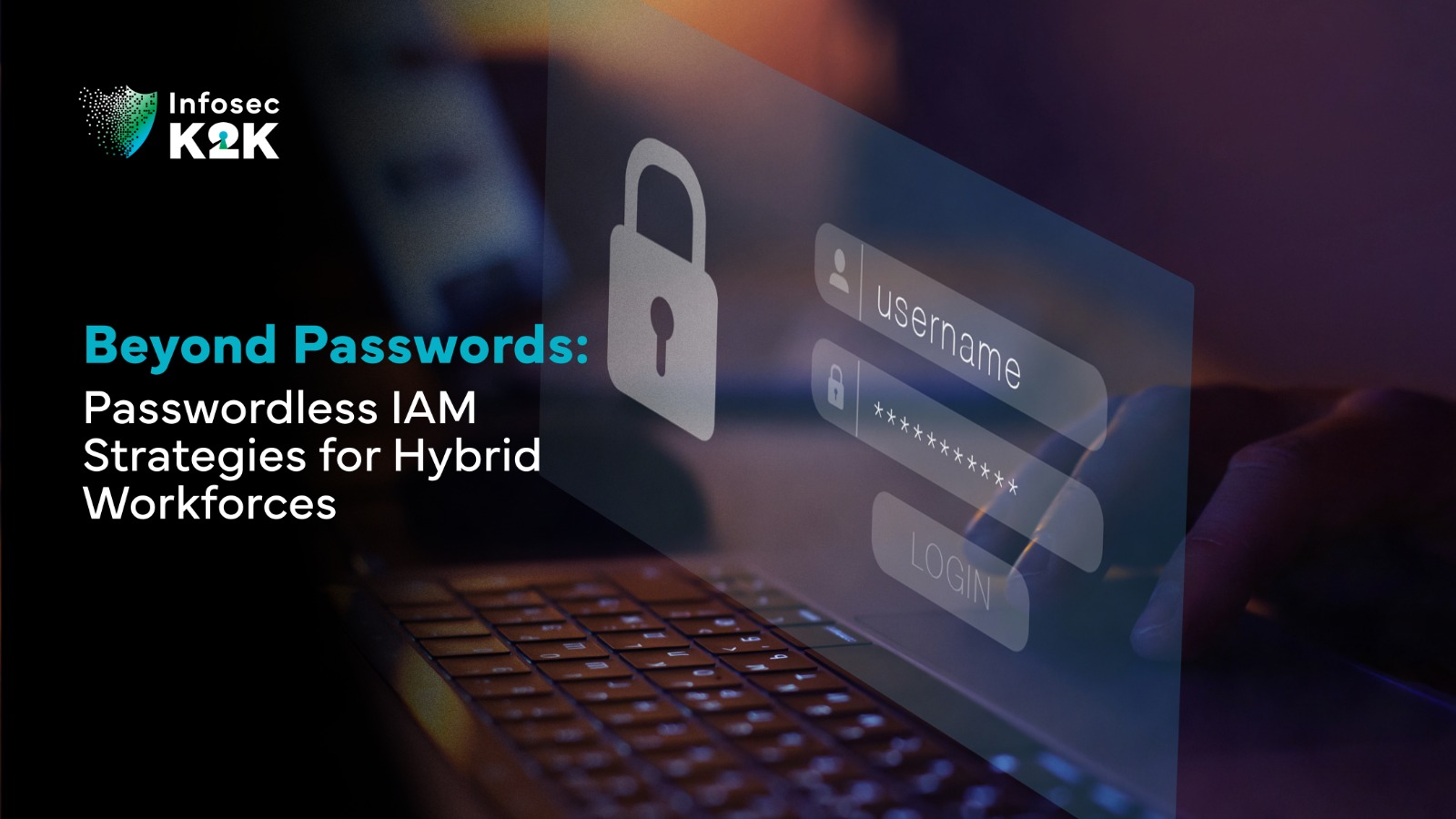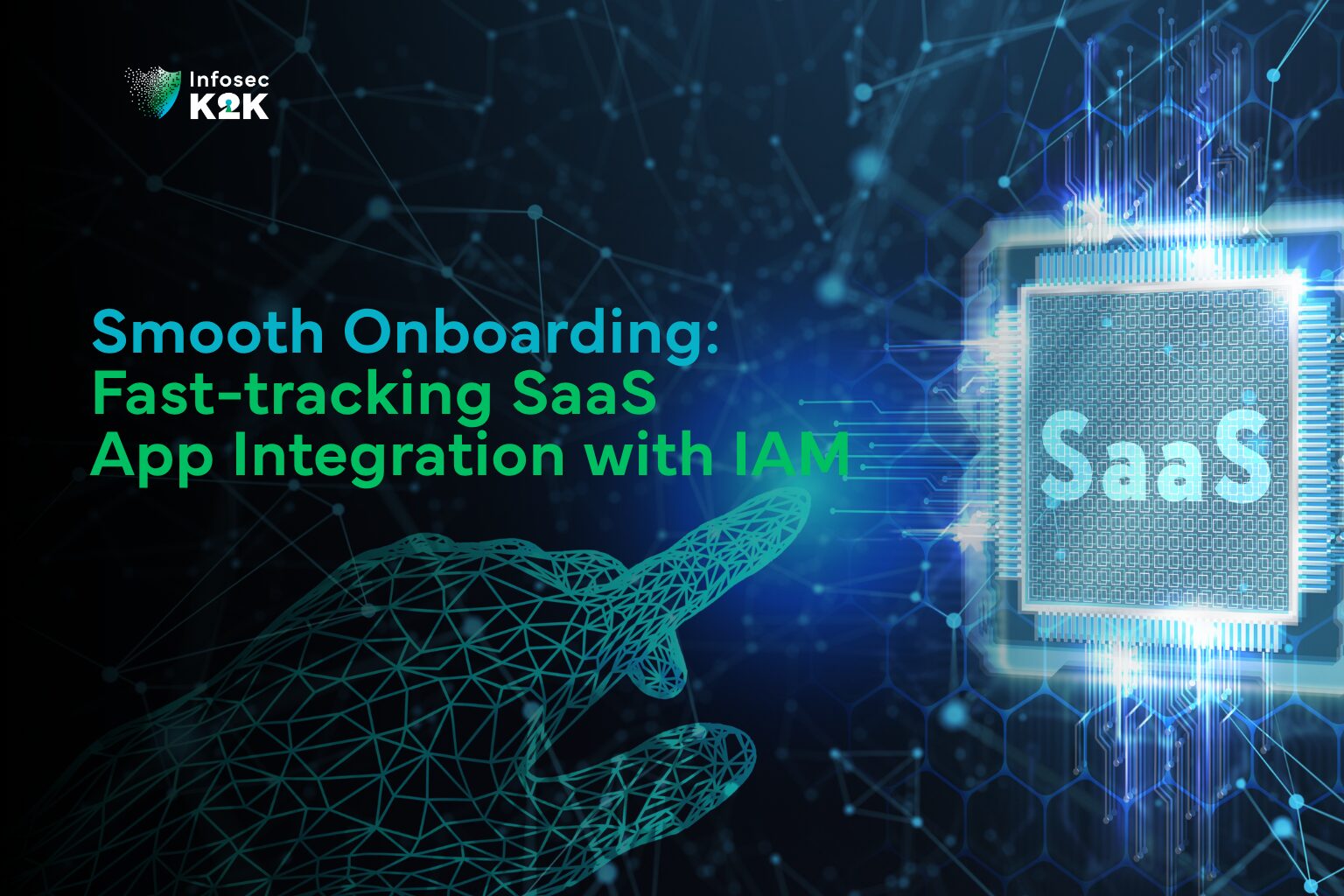Beyond Passwords: Why Hybrid Workforces Need Passwordless IAM
Passwords aren’t broken. They’re obsolete.
In a hybrid world where employees log in from coffee shops, home routers, and personal devices, passwords no longer offer real protection. They slow people down, frustrate IT, and remain the number one way attackers break into systems. For too long, security teams have tried to compensate with stricter complexity rules or endless resets. But in 2025, the evidence is overwhelming: password-based security doesn’t work.
That’s why more organisations are moving to passwordless IAM, a strategy that removes credentials from the equation and makes access both safer and smoother.
Why Passwords Are a Problem You Can’t Ignore
Passwords fail for two reasons: people and attackers. On the human side, employees reuse credentials across apps, pick simple variations they can remember, or store them insecurely. On the adversary side, phishing kits, brute force automation, and credential-stuffing attacks are now sold as services. The result is clear: Verizon’s 2024 Data Breach Investigations Report confirmed that over 80% of breaches involved compromised credentials.
Hybrid work makes the issue worse. Employees are no longer logging in from inside a well-guarded network; they’re connecting from dozens of unmanaged devices and locations. A single compromised password in this environment can open the door to ransomware, data theft, or privilege escalation.
What Passwordless IAM Really Means
Passwordless IAM doesn’t just remove the password field from the login screen it replaces it with stronger, phishing-resistant methods. Instead of asking employees to remember secrets, it validates identity through something they are or something they have. That could be a biometric scan, a FIDO2 hardware key, a push notification sent to a trusted device, or a certificate tied to a managed endpoint.
The result is not only greater security but also a smoother experience. Users don’t waste time juggling complex passwords, and IT doesn’t drown in reset tickets. Passwordless IAM is security and convenience working in harmony.
Why Hybrid Teams Need It Now
Hybrid workforces are messy. Some employees work from HQ, others from home, and still others are always on the road. Devices vary, networks vary, and the attack surface keeps expanding. Passwordless IAM addresses these challenges head-on by removing the weakest link: static credentials. It also supports modern Zero Trust principles, where every access request is verified continuously, rather than assumed safe after one login.
For the business, this means fewer breaches, faster access for employees, and lower operational costs. For CISOs, it means identity controls that are resilient enough to stand up to phishing, credential reuse, and AI-driven attack campaigns.
Making the Shift to Passwordless
Adopting passwordless authentication isn’t a one-time switch, it’s a journey. Most organisations begin by assessing where passwords are still in use and prioritising high-risk groups like IT admins or executives. They then roll out passwordless methods in phases, often alongside multi-factor authentication, before moving fully passwordless. Industry standards such as FIDO2 and WebAuthn make it possible to deploy solutions that work across devices and integrate with identity providers like Azure AD or Okta.
Success also depends on people, not just technology. Employees need clear communication, training, and fallback options to avoid frustration. Over time, organisations track adoption, monitor login behaviour, and expand passwordless coverage until it becomes the default.
Challenges on the Road Ahead
No transformation comes without hurdles. Some employees lack biometric-ready devices. Legacy applications may not integrate cleanly. Regulations require careful handling of biometric data. And as with any change, some users will resist. Yet these barriers can be overcome with the right planning. Hardware keys can bridge device gaps, modernisation layers can connect older apps, and phased rollouts can ease the transition.
The important truth is this: while challenges exist, none are as dangerous as continuing to rely on passwords.
The Future Is Already Here
Gartner predicts that by 2026, 60 percent of large enterprises will have eliminated password-based authentication for certain use cases. The shift is accelerating because cybercriminals are getting smarter, faster, and more automated. In this environment, clinging to passwords is like leaving your office door unlocked and hoping no one notices.
Passwordless IAM is not just an upgrade, it’s a necessity for modern hybrid work. It gives employees the seamless experience they expect, while giving organisations the security resilience they urgently need.
How Infosec K2K Helps
At Infosec K2K, we help enterprises move beyond passwords with tailored IAM strategies designed for hybrid environments. Our team runs deep assessments to uncover credential-related risks, designs passwordless frameworks that balance security with usability, and supports ongoing management so organisations don’t just implement passwordless, they operationalise it.
Our goal is simple: to reduce breach risk, enable Zero Trust, and make identity security a strength rather than a liability.
Final Thought: Don’t Wait for the Next Breach
Passwords won’t protect you from the next attack. Moving to passwordless IAM is no longer about innovation, it’s about survival in a threat landscape where credentials are the easiest way in. The time to act is now.
Talk to us about a passwordless IAM strategy and see how Infosec K2K can help you secure your hybrid workforce.

